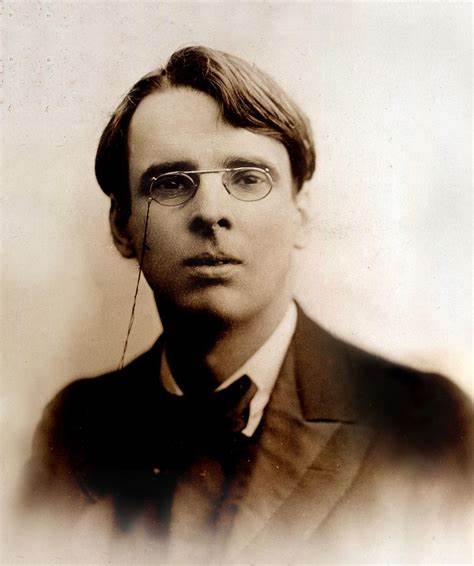 Rabindranath Tagore’s India and William Butler Yeats’s Ireland: The Intersection of Classical Languages, Literature, and Nation-Building in Postcolonial East and West
Rabindranath Tagore’s India and William Butler Yeats’s Ireland: The Intersection of Classical Languages, Literature, and Nation-Building in Postcolonial East and West
The long association between Rabindranath Tagore, India’s foremost modern poet, and W. B. Yeats has received scant notice from the critics and biographers of these two great figures. Yet their friendship, lasting for over thirty-seven years, had an important influence on both men. To Yeats, Tagore represented the wisdom and dignity of the East, and justified the faith that he had placed in the strength and vitality of Asian philosophy. For Tagore, Yeats was a vibrant symbol of the creative energy of the West. Yeats first heard of Tagore through William Rothenstein, the artist, who was Tagore’s host in London during the Indian poet’s visit in 1912 and 1913.
When Tagore arrived at Rothenstein’s in June 1912, he presented his English friend with several translations he had made from his Bengali poems while he was en route.’ Rothenstein was delighted with these English translations and sent copies of them to Yeats, A. C. Bradley, and Stopford Brooke. Yeats’s enthusiasm equalled Rothenstein’s. Shortly after receiving the manuscript, he came to London where he went through the poems carefully. His delight is recorded in his introduction to the Gitanjali (1913), the book of poems drawn from the translations that Rothenstein had sent him. “I have carried the manuscript of these translations about with me for days,” he wrote, “reading it in railway trains, or on the top of omnibuses and in restaurants, and I have often had to close it lest some stranger see how much it moved me.”